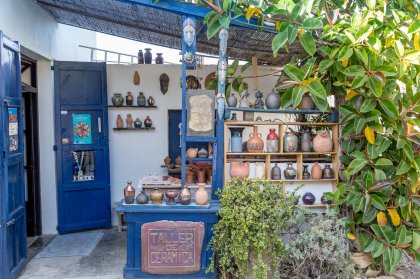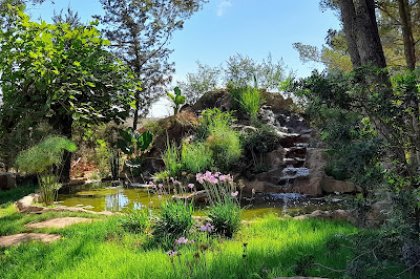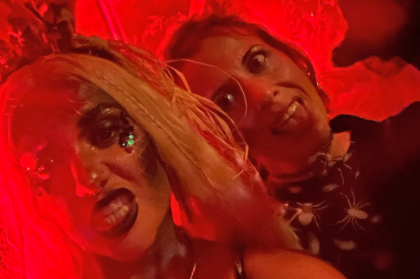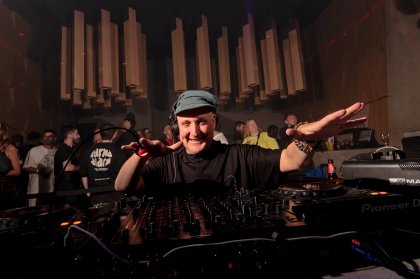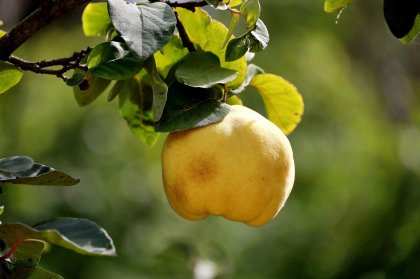It's easy to become complacent about the beauty and nature that surrounds us in Ibiza and Formentera. The sight of pretty flowers, green hills, and towering trees is a daily occurrence we are gifted with, often without any understanding of their place or purpose.
BiBo Park is an opportunity to change that. Located just outside of Sant Rafel, on the road from Ibiza to San Antonio, it is a beautiful garden oasis that tells a fascinating story about our natural habitat and how biotechnology can help us flourish.
The park is split into habitats, showcasing the flora and fauna that exist within the different environments, along with the latest biotechnology that's being created to support our ecosystem.

Joined by my parents, two green-fingered enthusiasts, we were expertly guided by Mónica, part of the team at BiBo Park, who all specialise in the flora of our islands.
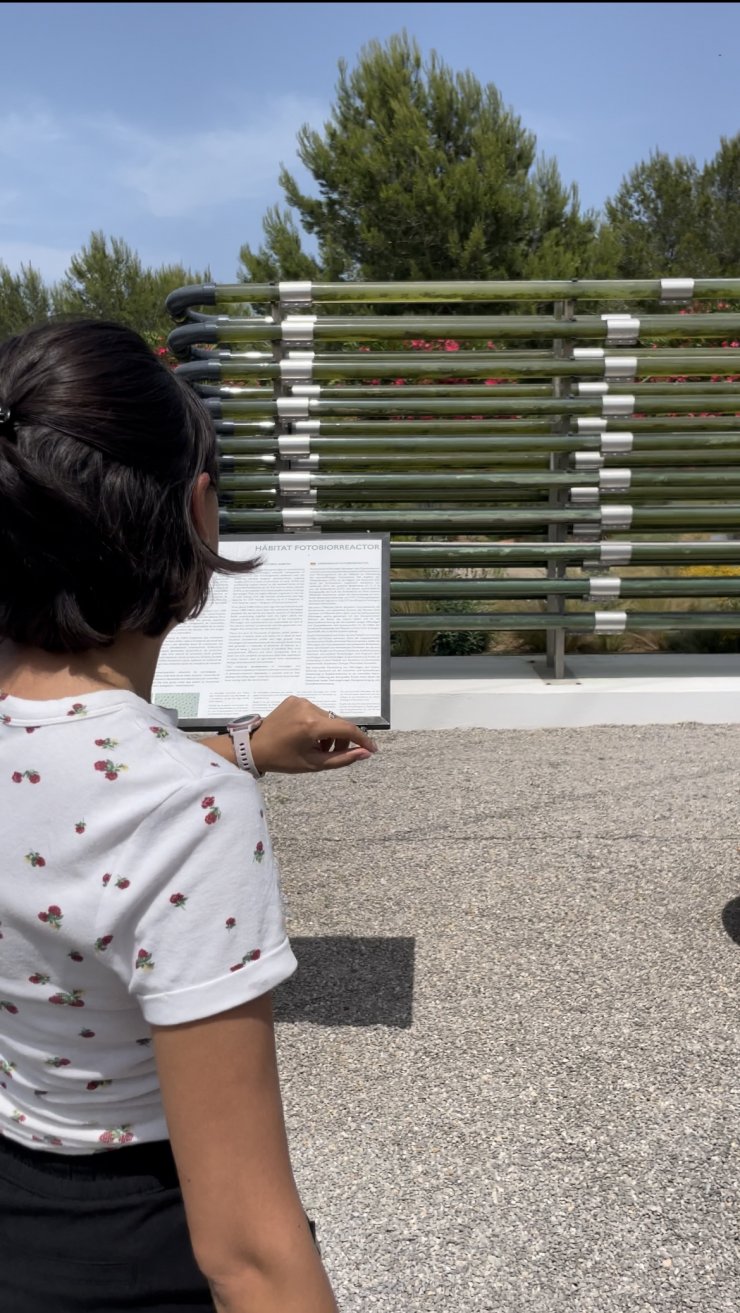
Our first stop was at the photobioreactor. A slightly peculiar-looking contraption, it’s actually home to millions and millions of microalgae that give it its distinctive green colour. These teeny-tiny organisms can develop photosynthesis and, thus, produce vital oxygen for us and our food supply. Hearing this was like being back at school in science class, and it was fascinating to see the process before us.

As we trailed through the park, Mónica described how some of the flowers and plants needed such precise conditions to grow that they were only found in the park and in very specific locations on the island. She also invited us to not only touch but taste test some of the plants. It was amazing to feel the different textures and taste the flavours. Some were soft, almost like suede, while others tasted sweet like lemon or so salty you wouldn’t need to add any of your own condiments if they were in a dish.
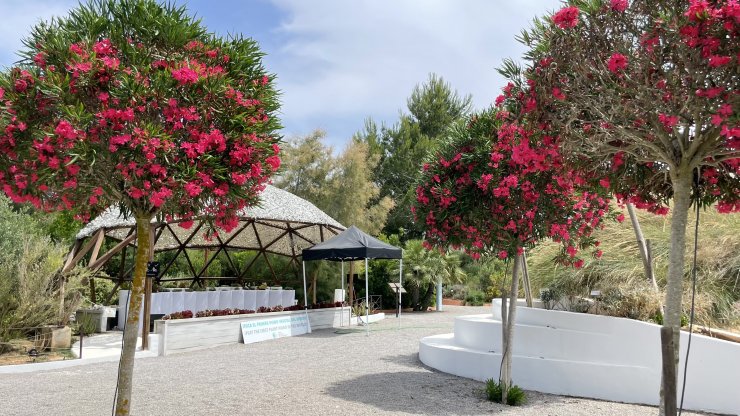
She also highlighted this beauty, Nerium oleander, commonly known as oleander or rosebay. You may have seen them lining the streets of Ibiza, but did you know they aren’t just a pretty flower? They actually help to reduce air pollution from cars.

BiBo Park has its own high-purity atmospheric water machine. It captures the moisture from the green environment of the park to create 100% sustainable water. The result: the cleanest-tasting water we’ve ever drunk.
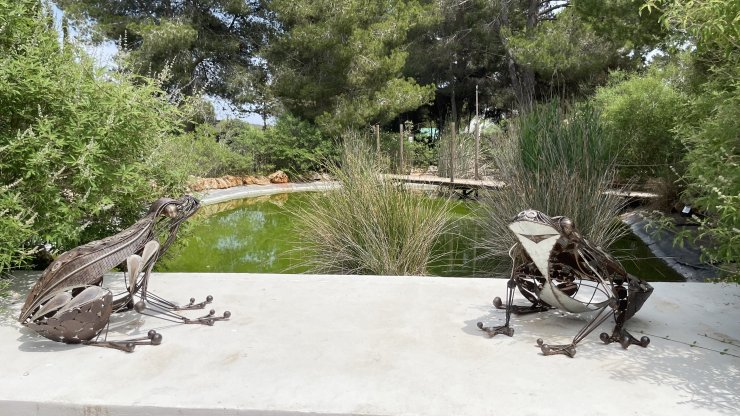
The park is also home to lizards, bees, and lots of frogs, whose ribbits can be heard ringing out. For such tiny little creatures, they sure make a racket! However, this may be because they are living such a lovely life, splashing around in their vibrant green algae-filled ponds.
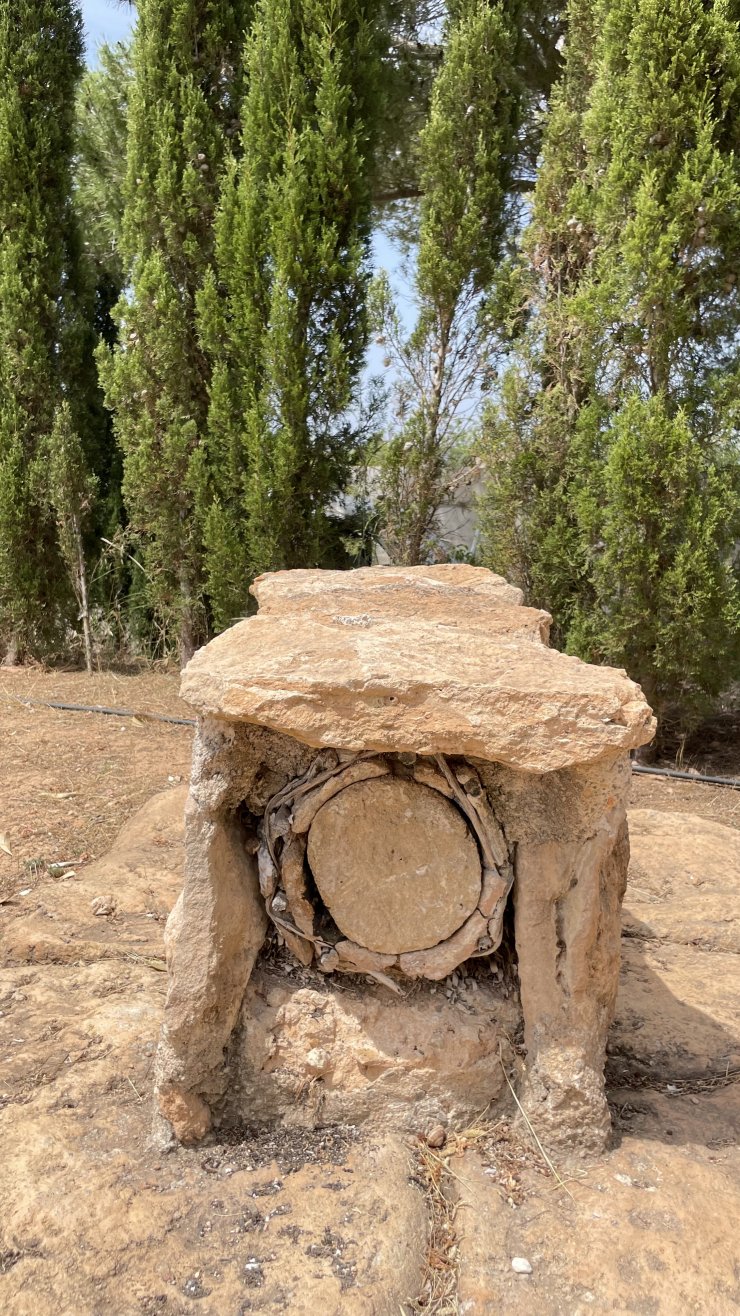
Unsurprisingly, we didn’t get as close to the bees, but Mónica explained these homes were actually the original form of beehives before they were developed into the snazzier-looking structures we see today.
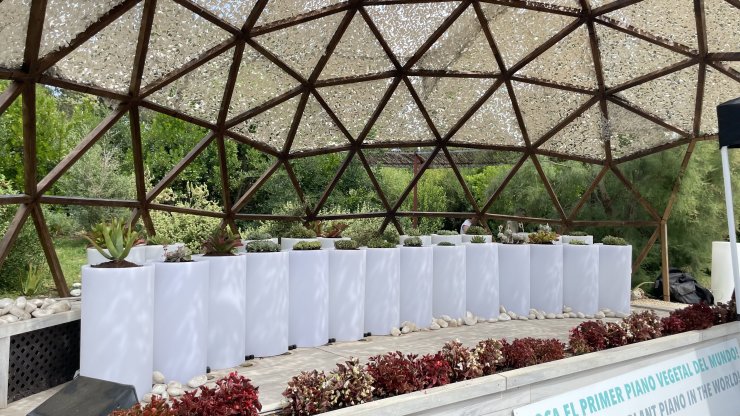
We decided to make some noise of our own with the park's next extraordinary feature, an orchestral device based on the use of succulents. Biotechnology at its finest, it is the world's first plant-based piano, creating an incredible connection between human and plant. These living plants have become biological antennas where, with every soft touch, a different note is heard.
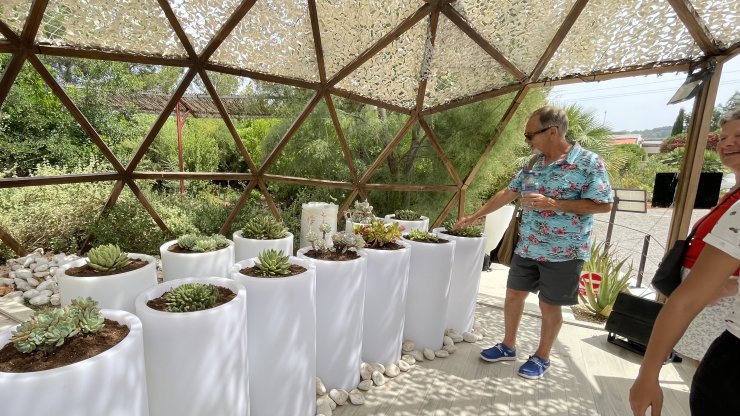
A musical playground that, even though we were all over the age of 40, had us giggling with joy like kids.
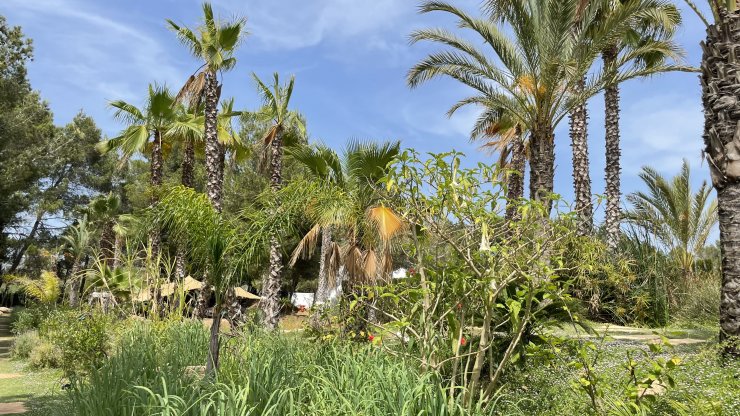
Before leaving, we were invited to the final garden oasis. Filled with stunning bonsai trees and tall palm trees, it gave us one last view of the amazing natural space that has bloomed and blossomed here. And of course, we had to say goodbye and thank you properly with a heart-warming tree hug.

The only biotechnology botanical centre in Europe, BiBo Park is an enjoyable educational space for all ages. Free tours are included in your ticket price, and they also host additional workshops and events throughout the year. On Thursday and Friday nights, you can enjoy the Astro Magic Light show, which illuminates the garden.

Twice monthly in the Starlight Park, they host an astronomy talk on a giant screen, along with the chance to observe different celestial bodies and learn about myths and legends of the night sky.

